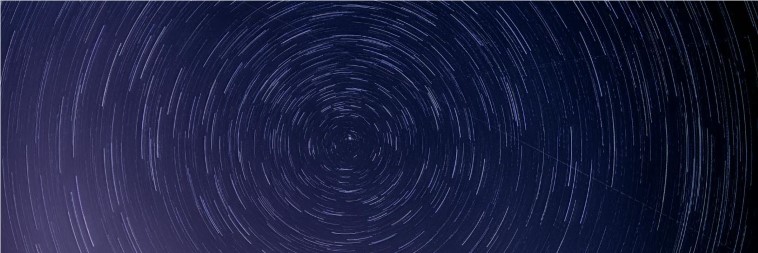Scientists wonder: Could the universe be rotating?

This question, say cosmologists, is both important and interesting. As often happens, the answer is not simple and easy to give despite all the accumulated knowledge of science over the last centuries.
The thing is that the question itself speaks of the level of human knowledge and understanding of nature, because until a century ago it was so meaningless that it could not even be asked. It’s like asking someone what color the grass grows. Pointless.
Well, scientists, started from the assumption that the universe does NOT rotate. Inside it, everything revolves, including galaxies and stars and planets, etc. but the universe itself does not. Such thinking is woven into the cosmological model that describes the universe.
Nevertheless, scientists like to check and prove everything, including whether the universe is rotating.

But how to determine such a thing? We are an unimaginably tiny dot in the universe, we look at the universe from the inside, and then how can we know its possible rotation?
So, researchers tried to find an answer to that question by studying the cosmic microwave background (CMB), which is thermal radiation in the universe that dates back to the Big Bang (or more precisely 380,000 years after that big event). This radiation is the oldest light that reaches us and that we can detect. It is a valuable source of data for cosmologists.
Now, the cosmic background radiation is the same in all directions, with very little variation in temperature. When we say that these are very small variations, then in this case it is really small. The difference in temperature is only a thousandth of a degree – which is still enough for researchers to notice, measure and then study it.
The main idea was to see if these differences could testify to the fact that the universe is distorted in any way, which again could be the result of some rotation or expansion greater in one direction than in the other.
However, after a series of measurements and analysis, scientists finally came to the conclusion that cosmic background radiation does not provide evidence of the rotation of the universe. The universe, as it appears for now, is isotropic and homogeneous, which ultimately means that it is uniform and does not rotate.

Isotropy is the property of some bodies to show the same physical properties in all directions (in them, light, heat, electricity spread in all directions equally.
Homogeneous means: same-born, identical, equal, unique.
In other words, everywhere you look in the sky you will see the same things: galaxies. Well, if there are a million galaxies in one direction, then there are about as many in any other direction you look!
Want to read more about the universe? Visit our blog!

